Carb cycling is the foundation of what I do every day and with every client. I know through years of experience with many different clients that carb cycling works, so I’m going to introduce you to the basics and the five different carb cycling plans—Easy, Classic, Turbo, and Fit, and Extreme. I’m stripping it down to the basics to get you started:

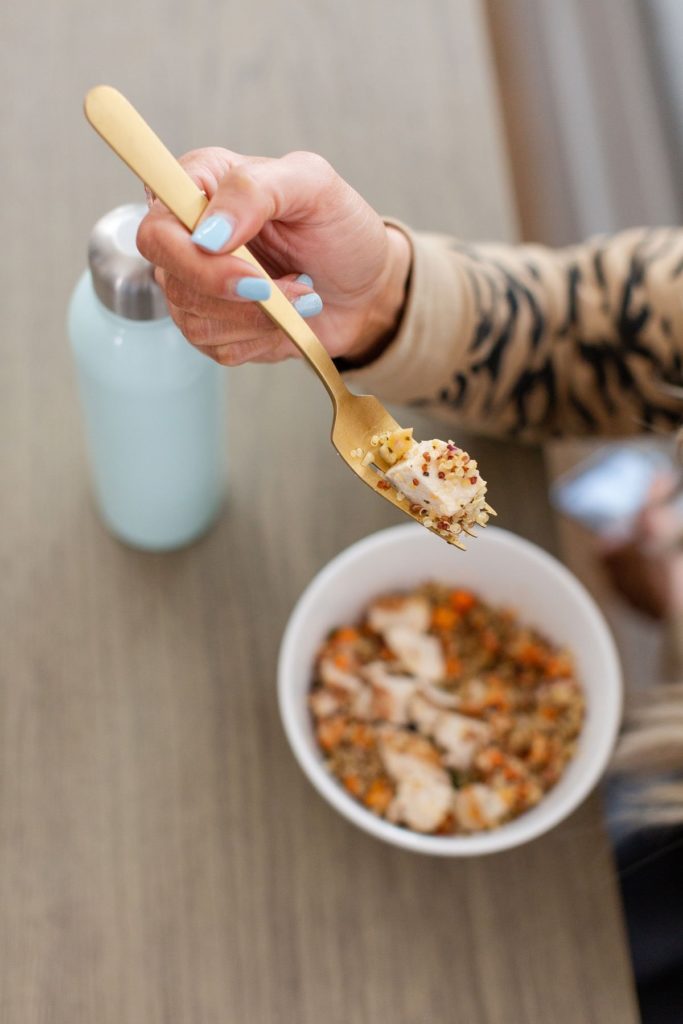
What is Carb Cycling + How Does it Work?
Carb cycling is an eating plan with alternating high carb and low carb days. It’s that simple. It also has built-in reward days or reward meals (depending on the plan you’re following), so you can still eat your favorite foods on a regular basis. Sounds pretty much perfect, right? You can eat healthy foods, enjoy foods you love, and still lose weight.
While each plan has a different mix of high carb and low carb days, each day works basically the same:
- Eat five meals—no more, no less.
- Eat breakfast within 60 minutes of waking or whenever your feeding window opens if you’re an intermittent faster.
- For breakfast, you’ll eat a portion of protein, carbs, and fat.
- For your next 3 meals (snack, lunch, snack), you’ll eat either a low or high carb meal depending on which day you’re on. So, if you’re on a low carb day, those three meals will be low carb. If you’re on a high carb day, those three meals will be high carb.
- Your last meal of the day will ALWAYS be a low carb meal. Always.
- Choose approved foods.
- Drink ½ your body weight in ounces of water every day. So, if you weigh 150 lbs, you’ll drink 75 ounces a day.
How Does Carb Cycling Work?
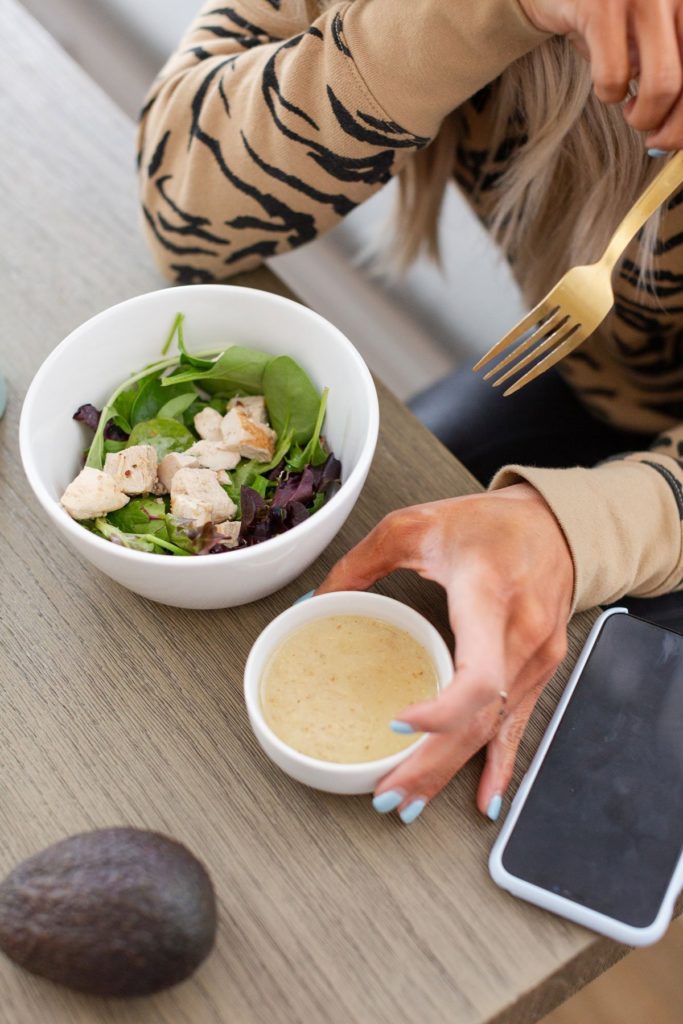
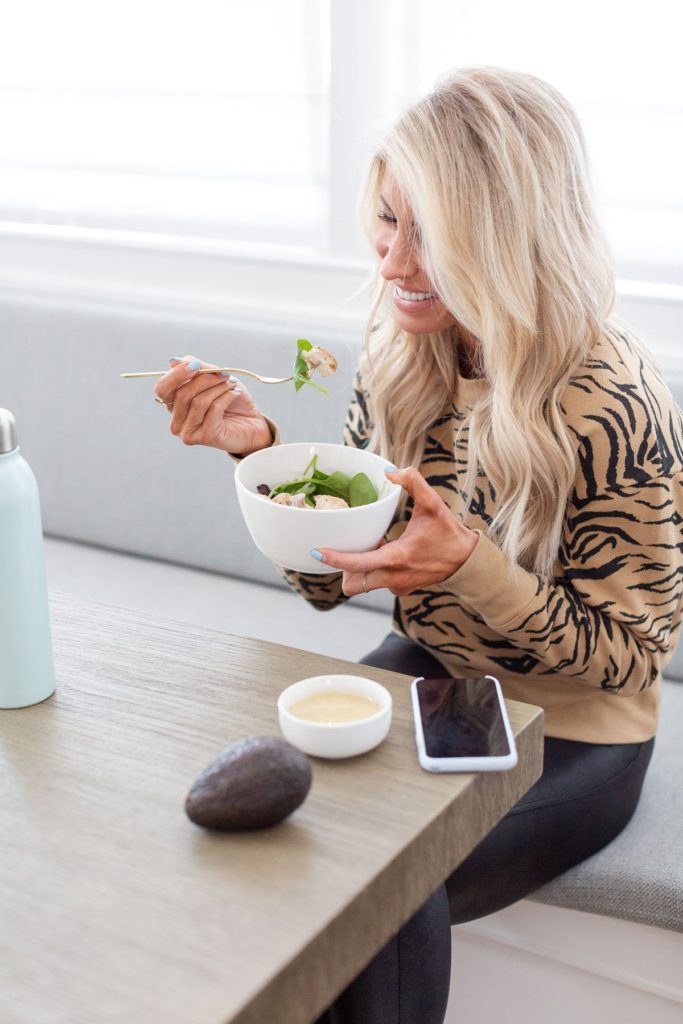
Carb cycling is based on the right combination of proteins, carbs, and healthy fats. In order to lose weight, our bodies need the right combination. Here’s why:
- Protein builds and maintains muscles and these muscles burn calories like an inferno. Protein also breaks down more slowly than carbs and fat, which burns even more calories and helps you feel fuller longer.
- Carbs are the preferred fuel source for your muscles and organs, and they come in healthy versions (vegetables, fruits, grains, and legumes), and not-so-healthy versions (cakes, cookies, soda, doughnuts, candy, and many processed foods). Healthy carbs are also crucial for burning calories, and since they break down more slowly than those not-so-healthy carbs, they keep your blood sugar and energy levels steady, and they also keep your calorie-burning furnace hot so it burns more calories!
- Healthy fats (unsaturated fats) eaten in moderation help the development and function of your eyes and brain and help prevent heart disease, stroke, depression, and arthritis. Healthy fats also help keep your energy levels steady and keep you from feeling hungry.
Why do we alternate high carb + low carb days in carb cycling?
On high carb days you’re stocking your calorie-burning furnace so that on low carb days your furnace burns fat, and lots of it! This pattern tricks your metabolism into burning a lot of calories, even on those low carb days. It’s an amazing and well-proven process.


What are the Benefits of Carb Cycling?
Carb cycling has many benefits:
- It fits any lifestyle.
- You’ll learn how to shed weight and body fat and how to make smart lifestyle choices for the rest of your life. This puts YOU in control.
- You’ll feel better and have more energy.
- You’ll eat the foods you love.
- You’ll build lean, strong muscles.
- You’ll be empowered physically, mentally, emotionally, and spiritually.
I’ve only skimmed the surface of carb cycling, so learn more about our five carb cycling plans to find your ideal cycle, and let’s get cycling!
Get even more information on carb cycling in both or our books: Extreme Transformation (the newest edition to our carb cycline lineup featuring the Extreme Cycle) and Choose More, Lose More for Life (which features our other four cycles).
If you’d like some help creating your own meals, there’s a handy “Create Your Own Meals” chart in this post! To get a customized cycle for you and your goals + several workout programs (from gym-based to bodyweight to dance) + the all-important life lessons (the key to long-term transformation), check out The Transform App.
Note: If you’ve been carb cycling using our book, Choose Lose More, Lose More for Life, you’ll notice that we’ve changed a couple of things since that book was published: You now include a fat for breakfast, and every final meal of the day is a low carb meal. Like with a lot of things in life, the more you do them, the more you learn about how to do them even better!
xo,
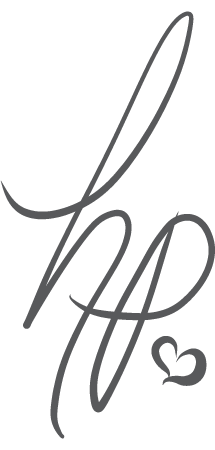
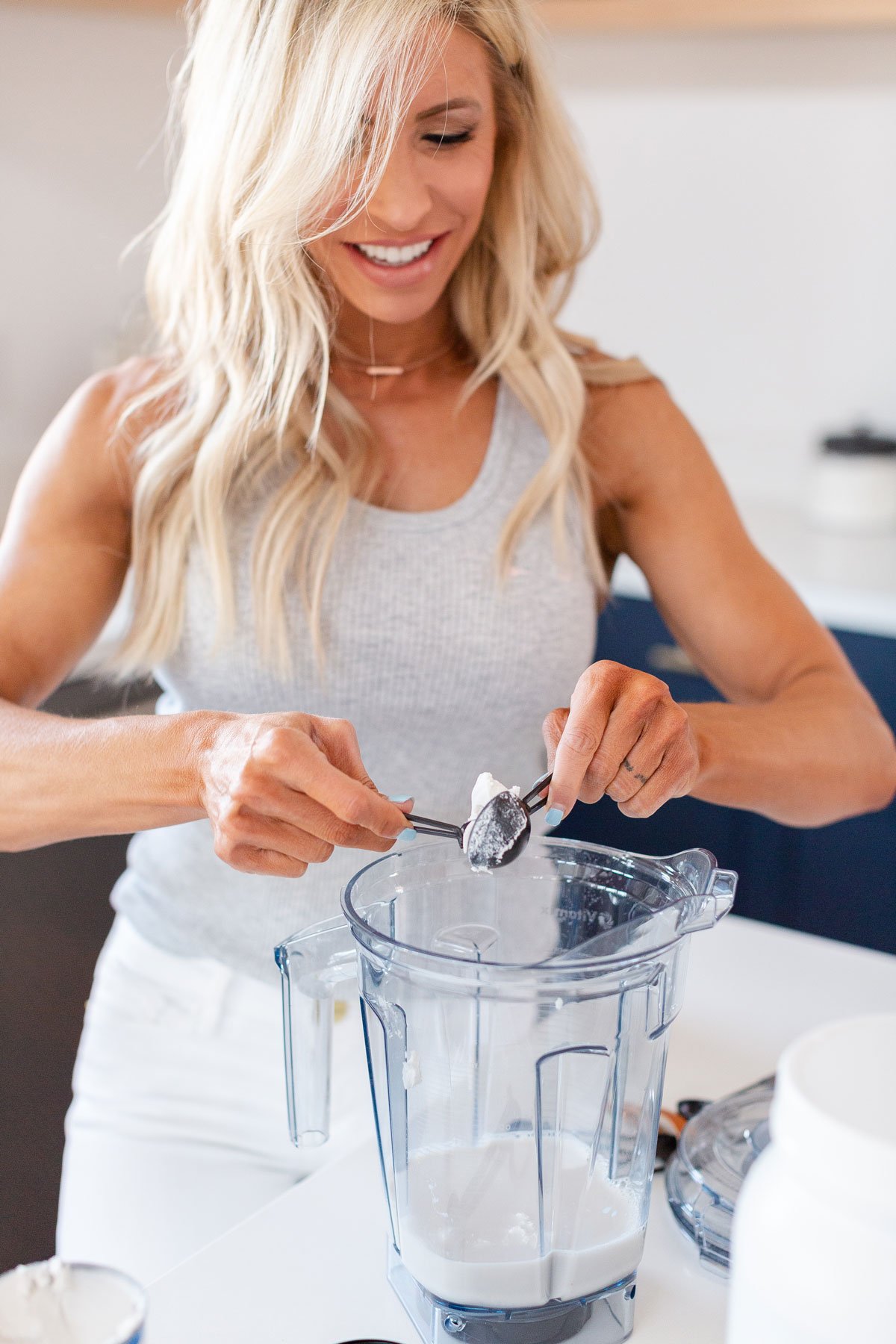

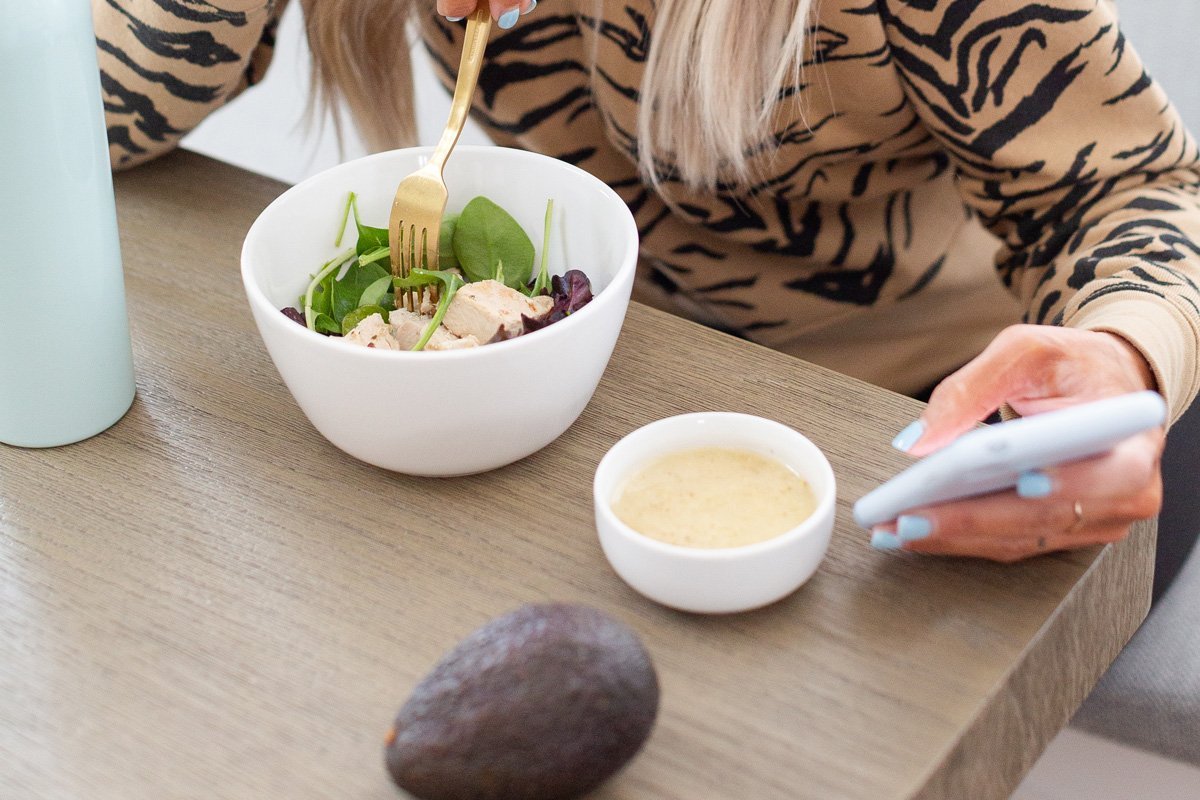

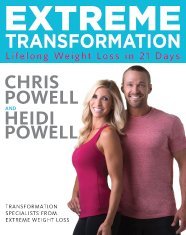
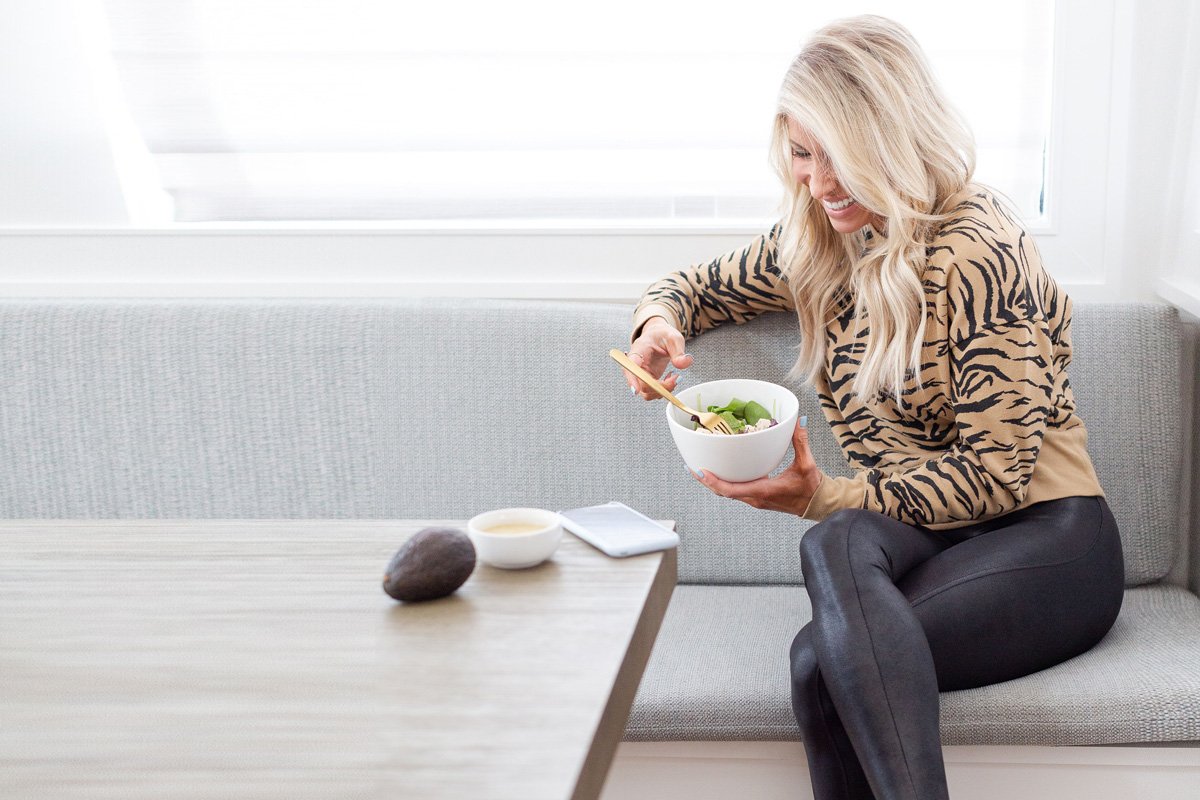

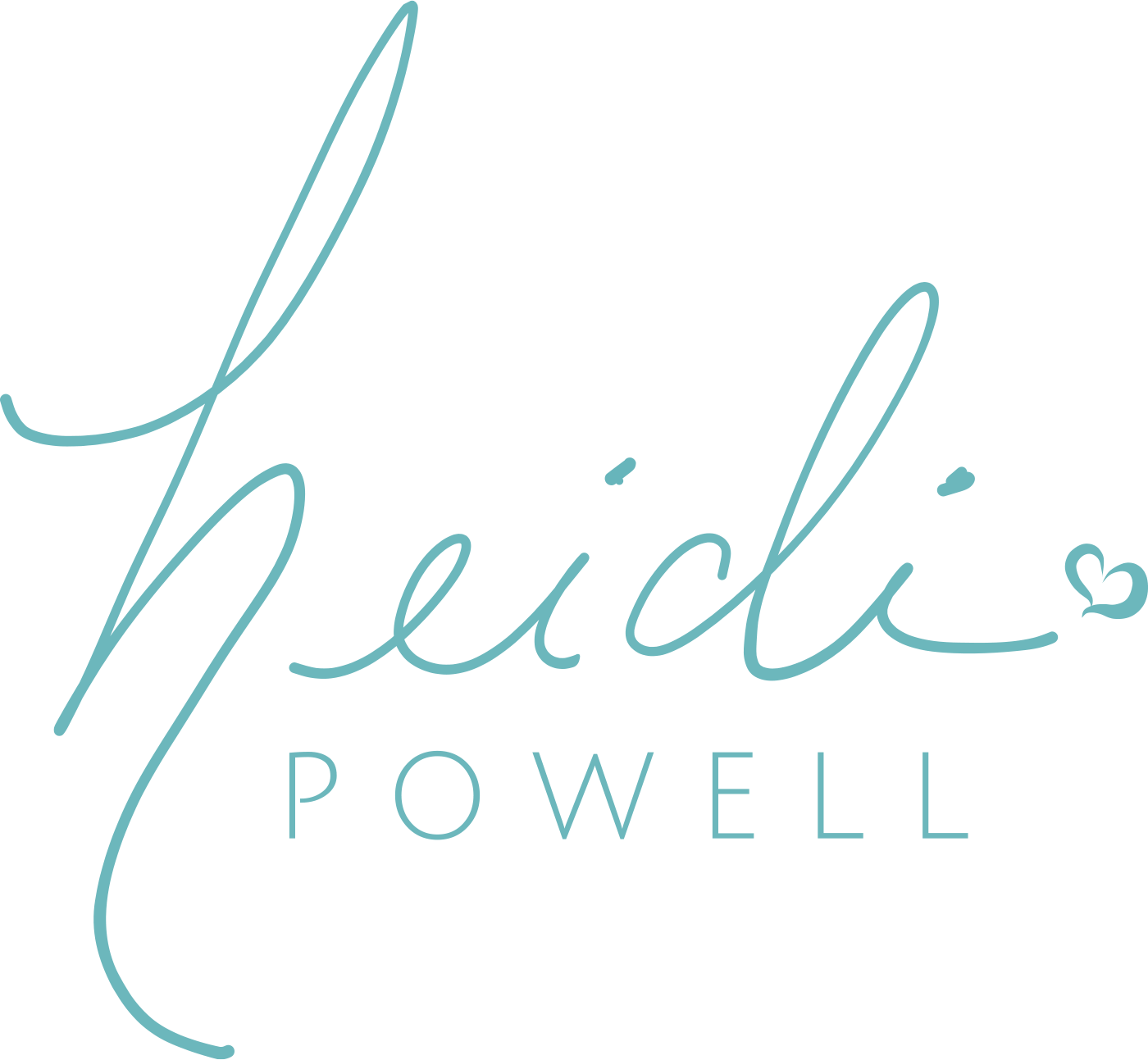
1,394 Responses
Hi,
I have a question about portions. I started on the Turbo Cycle but moved to the Extreme Cycle and I am in week four and I lost 17.8lbs! My question is I am getting fuller, quicker so I can’t finish a whole portion for women. I know I shouldn’t eat once I’m full (I mean satisfied) but then I worry that I’m not eating enough calories. Is this normal? Is it okay to not finish the whole meal? Thanks!
Hi Joi: Congratulations on losing 17.8 pounds! That’s awesome! It’s best to eat the entire portion, but if you can’t, that’s okay too. You body should adjust to eating all these healthy and tasty meals, it just takes some time for some people. We with you the best!
Should a person detox before they start a carb cycling diet?
Hi Britt: You really don’t need to do that, but do what works best for you and your goals!
Hi Team Powell, I have 2 questions. I have a bunch of Muscletech Mission 1 Protein Bars at Home. Is there a way to fit part (a quarter or half) or a full bar someplace(s) in the Turbo Cycle Plan?
Is it beneficial to limit the non-fat Greek yogurt and low fat cottage cheese to reduce the stomach bloating. Please let me know your thoughts. Thanks so much!
Hi Cathy: Each bar would count for the protein and fat portion of a low-carb meal. As for the Greek yogurt and cottage cheese, do what works best for you. Many people don’t have any issues with bloating. Hope that helps!
Is there a brand of low-sugar BBQ sauce and low sodium cottage cheese that Chris and Heidi recommend/use? For cottage cheese the lowest I’ve found in my area is Daisy Brand and that has 350. Is there one lower than that?
Do you have any recommendations of which cycle someone participating in track or other sports could benefit from? I am not looking to lose weight.
Hi Grace: You could try either the Fit (https://heidipowell.net/2719/carb-cycling-the-fit-cycle/) or Extreme Cycles (https://heidipowell.net/10503/carb-cycling-the-extreme-cycle/). ?
Is hummus considered a fat?
Hi Grace: Two tablespoons of hummus are considered a carb portion. ?
Hi I just started the carb cycling and was wondering are there any recommend soups that would fit into the plan?
Hi Amy: There are some soup/chili recipes on this blog that could work: https://heidipowell.net/?s=chili. And you can make your own soups by adding a protein, carb, and veggies (high-carb meal), or a protein, fat, and veggies (low-carb meal). Try and use low-sodium or sodium-free products when you can.
Like Heidi, I really like my Quest bars and typically will have one as a snack (baking into cookies – yum!) almost every day. Are they acceptable and should they only be on a high carb day? Should I add anything to it to round out the meal? Is a Larabar okay on high carb days?
Hi Leslie: Quest-like bars are great options for low-carb meals, and would count as both the protein and fat portions of that meal. ?
I would like to try carb cycling but am not sure where to begin. I would like to build muscle and work on body recomposition. I do not want to lose any weight. I currently do workouts like black fire from daily burn and have also done p90x3 but I need to stay in shape for field hockey in the fall. I think the carb cycling could really help me but I just need some guidance on things like which cycle to start with and how to go about it. I am a teenage female who is about 5’7 and 136 lb. Thanks for any help you can give.
Hi Molly: Thank you for your post, you have some awesome goals! Since you are a teenager, it’s best to discuss any nutrition program with your healthcare team and then follow their recommendations. We wish you the best as you work to achieve your goals – you got this!
I have read the new book and I have a few questions that aren’t clearly answered in the book. First, for a food like peanut butter for example is it solely counted as a fat even though there is protein in it? Where would a whole hard boiled egg fall (protein, fat, or both)? I saw on the website here that egg yolks are fats but in the Extreme Transformation book they are listed under protein but a whole egg is not listed at all. I eat a lot of specialty low carb things like pasta that has a net carb count of 8g and bagels that have a net carb count of 6g the rest is made up of a lot fiber and some protein. So where would something like these fall into the program? Is there a way to take into account net carbs vs total carbs? Like the bagel is 100 calories but only 6g net carbs so only 24 calories are coming from digestible carbs so how would I count this food, still as a carb? A macro count would be so helpful if Chris and Heidi could provide that for people who don’t want to make their complicated recipes or don’t like the recipes they offer. If we had the guidance of macros per meal rather than calories per meal it would make it so much easier to plan your own meals! And I may be missing it but I did not see a guide or calorie count for the reward/recharge day. There was a chart on page 72 that only shows breakfast and high carb and low carb meal calorie counts per protein, carb and fat. No real guidance anywhere on the recharge day other than the fact that it’s a high carb day. Are you supposed to eat extra that day or just things that are more “junk foody” but still within a regular high carb day total? Thanks for any help with this.
Hi Erin: Let’s get you some answers to your questions! 1) Yes, peanut butter is counted only as a fat. Peanut butter does have some protein, but not enough to count as a protein serving. 2) 2 egg yolks or 5 egg whites count as a protein serving, so if you want to eat whole eggs, use these recommendations to do so. 3) To make things easier, we go by the total carb count in carb cycling, so any pastas and bagels would count as carbs, even though they do have some protein in them. 3) You are welcome to follow the recipes as outlined in the book, or you can put your own meals together also. There is info on how to do this on page 28 and in Day 4. 4) For your Reset Day, aim for 1000 extra calories, so 2500 calories tops on these days, and you can eat anything you want on these days–healthy foods, “cheat” foods, or both. Hope this helps!